Red-winged Blackbird
A species of North American Epauletted Blackbirds, Also known as Mainland Red-winged Blackbird, Bicolored Blackbird Scientific name : Agelaius phoeniceus Genus : North American Epauletted Blackbirds
Red-winged Blackbird, A species of North American Epauletted Blackbirds
Also known as:
Mainland Red-winged Blackbird, Bicolored Blackbird
Botanical name: Agelaius phoeniceus
Genus: North American Epauletted Blackbirds
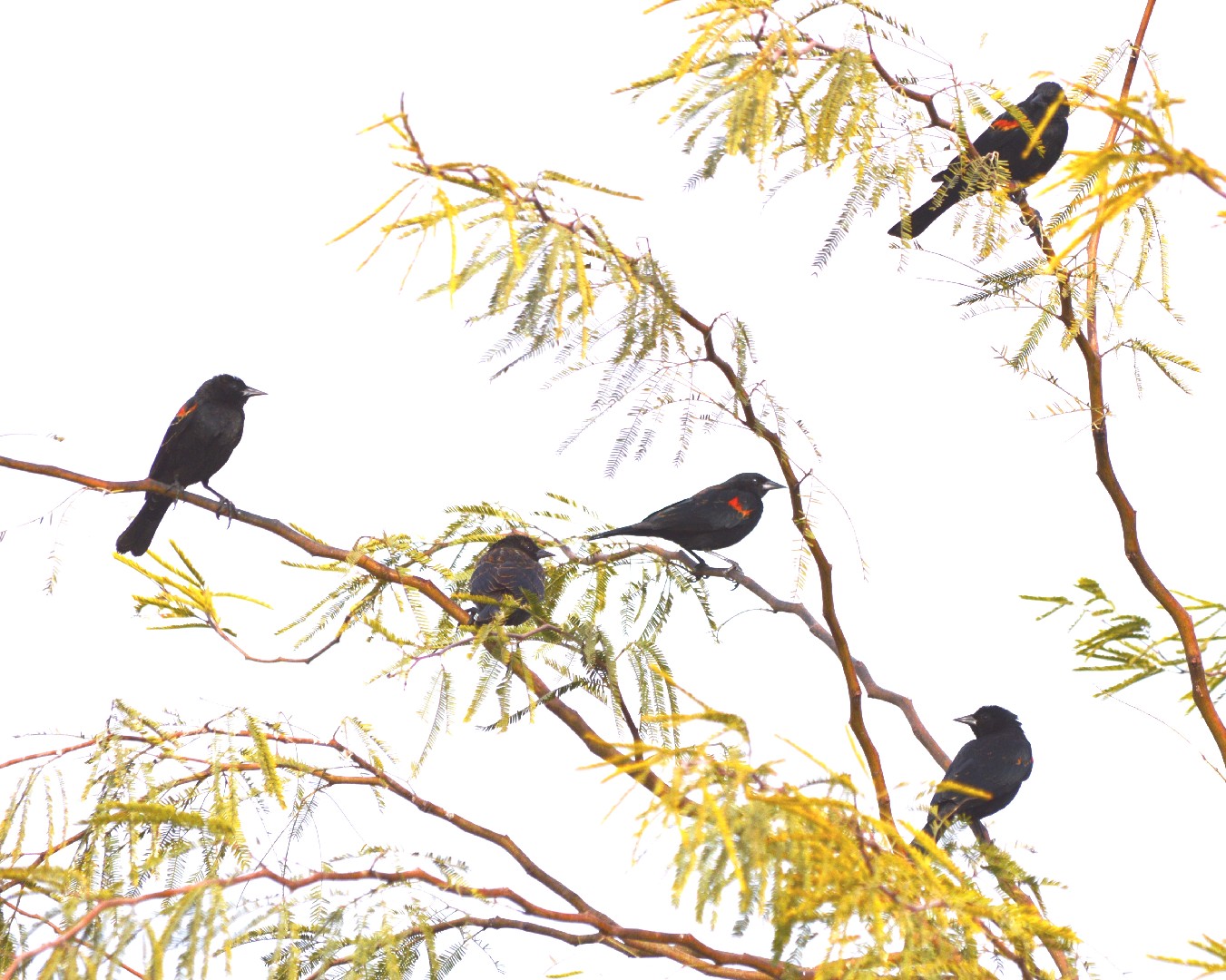 Photo By Nandaro , used under CC-BY-SA-3.0 /Cropped and compressed from original
Photo By Nandaro , used under CC-BY-SA-3.0 /Cropped and compressed from original Description
One of the earliest spring harbingers in North America, the red-winged Blackbird migrates in enormous flocks. Gathered in these large groups, the songbirds produce a loud cacophony. The red-winged Blackbird is an opportunistic omnivore. It feeds on numerous insect species, keeping pests under control, but due to its preference for crops and berries, the red-winged Blackbird is sometimes considered a pest itself.
Size
18 - 24 cm
Life Expectancy
16 years
Nest Placement
Shrub
Clutch Size
2 - 4 eggs
Incubation Period
1 - 2 broods
Number of Broods
11 - 13 days
Nestling Period
11 - 14 days
Feeding Habits
Red-winged Blackbird has an omnivorous diet, feeding on insects, especially odonates, in the breeding season, and on seeds like corn, wheat, native sunflowers, and various weeds in the non-breeding season. They exhibit probing behavior in aquatic plants for insects and consume waste grains in fall and winter.
Habitat
Red-winged Blackbird predominantly dwell in wetlands, including both fresh and saltwater marshes rich in cattail vegetation. They flourish at various altitudes across diverse climates, thriving in prairies, meadows, and agricultural terrains such as rice paddies and alfalfa fields. Although typically found near water sources, they occasionally inhabit drier upland areas and sparsely wooded regions along waterways. During colder seasons, red-winged Blackbird form large flocks and frequent agricultural fields, pastures, and grasslands.
Nest Behavior
Female red-winged Blackbird choose the nesting site and construct the nest, often with some male input. They typically lay eggs in a mud-plastered cup, later lining it with dry grass. Parental care includes nest building and feeding of young.
Nest Characteristics
Red-winged Blackbird's nests are often found low among marsh vegetation, shrubs, or trees, utilizing materials such as cattails, bulrushes, and grass-like plants. Nests are constructed with woven plant material and lined with mud and fine grasses, measuring 4-7 inches across and 3-7 inches deep.
Dite type
Insectivorous
People often ask
Migration Overview
Red-winged blackbirds that breed in the northern part of their range, ie, Canada and border states in the United States, migrate south for the winter. However, populations near the Pacific and Gulf coasts of North America and those of Middle America are year -round resident. During the fall, populations begin migrating towards Southern US Movement of red-winged blackbirds can begin as early as August through October. Spring migration begins anywhere between mid-February to mid-May.
General Info
Feeding Habits
Bird food type

Black Oil Sunflower Seeds

Hulled Sunflower Seeds
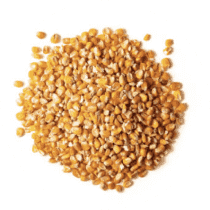
Cracked Corn
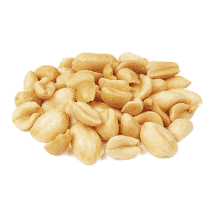
Peanut Hearts
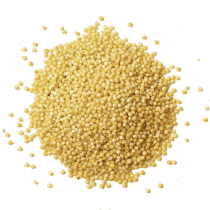
Millet
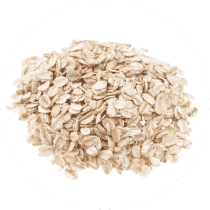
Oats

Milo
Bird Feeder Type
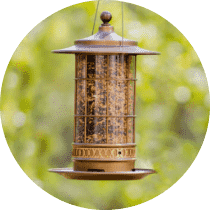
Large Tube Feeder

Large Hopper

Platform

Ground
Sounds
Song
Recording location: United States
Song
Recording location: United States
Behavior
Red-winged Blackbird exhibit notable daily behaviors, distinguishing them from other bird species. During breeding season, males perch prominently, vocally advertising their territories with incessant songs. Females are more clandestine, weaving through vegetation to forage or gather nesting materials. Vigilant in nest defense, they form loose colonies in marshy areas, where limited space necessitates communal nesting within a single male's territory. Females commonly engage in polygyny and extra-pair mating. Post-breeding season, red-winged Blackbird become gregarious, amalgamating into immense, mixed-species flocks alongside grackles, cowbirds, and starlings. These gatherings involve communal foraging on open ground and roosting in enormous numbers. Red-winged Blackbird are adept fliers, navigating skies with strength and agility.
Distribution Area
It breeds from central-eastern Alaska and Yukon in the northwest, and Newfoundland in the northeast, to northern Costa Rica in the south, and from the Atlantic to the Pacific. Northern populations migrate to the southern United States, but those that breed there, in Mexico, and in Central America are sedentary. Red-winged blackbirds in the northern reaches of the range are migratory, spending winters in the southern United States and Central America. 
Species Status
It is a species of least concern. A being one of the largest and most widely distributed birds in North America, little has been done to protect it from the effects of habitat destruction and urbanization. The species is protected under the Migratory Bird Treaty Act 1918, a formal treaty between the United States and Canada that was later expanded to include Mexico. 